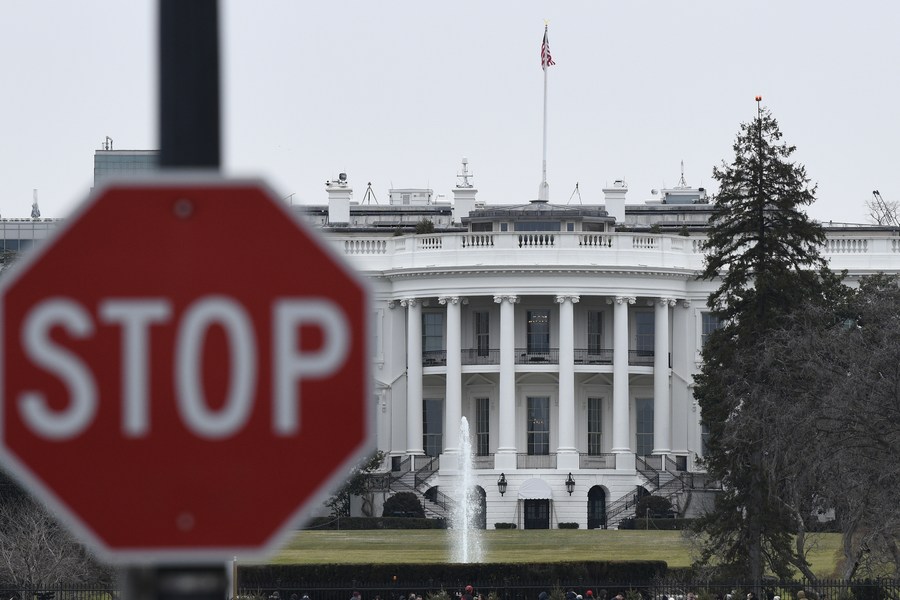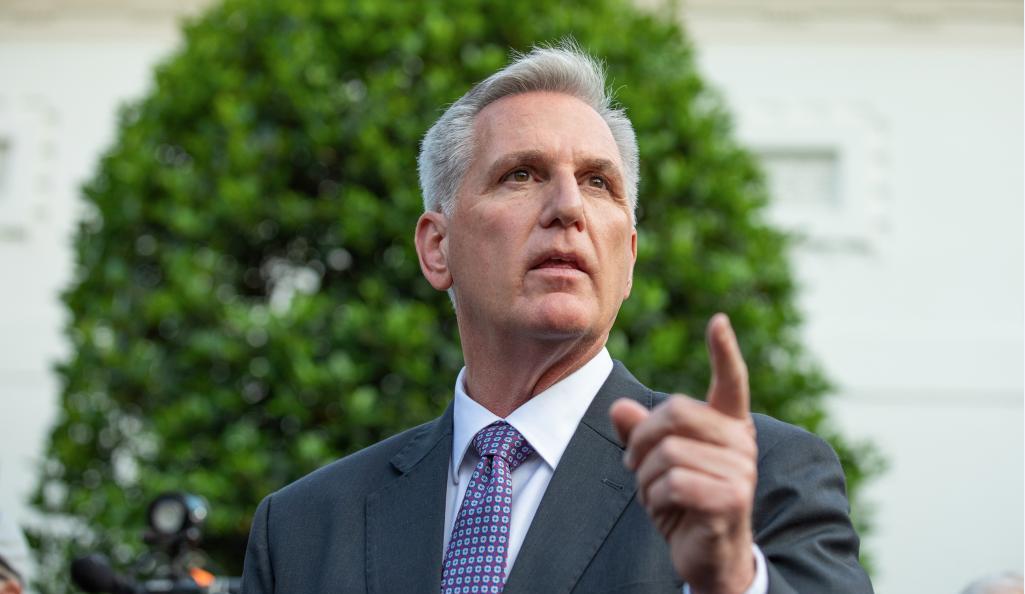A disturbing report released last week by History Colorado unearthed a bevy of startling improprieties enacted by so-called Native American boarding schools that occurred over the past two centuries.
A disturbing report released last week by History Colorado unearthed a bevy of startling improprieties enacted by so-called Native American boarding schools that occurred over the past two centuries.
History Colorado (HC), a Denver-based public research center and home of Colorado's Office of Archaeology and Historic Preservation, released a damnation report documenting what critics of the federally-run boarding schools have been saying for decades - that they were centers of abuse, torture, cultural assimilation, and possibly even murder of Native American youths.
The full investigative report will be released Oct. 3, and is expected to attract more national and international reaction than the recently-released Sept. 1 summary, which has received international recognition.
In the summary, HC officials disclosed "the trauma from federal Indian boarding schools, cross generational boundaries in the boarding, school policy, resulting in long-standing, intergenerational, trauma, cycles of violence and abuse, disappearance of native people, premature, deaths, mental health disorders, and substance abuse and native communities."
As reported recently, the disappearance of Native Americans has never stopped, and the economic conditions on impoverished reservations throughout U.S. Southwest are a national embarrassment.
Colorado has been unique in its proactive approach toward discovering the extent of the abuse in the Centennial State, where at least four of the most notorious schools were located, according to the report.
In May 2022, Colorado Governor Jared Polis signed House Bill 22-1327 into law, creating the Native American Boarding School Research Program Act, which allowed the HC research to begin. The initial findings were troubling but not new news for Native American advocates.
"The purpose of federal Indian boarding schools was to culturally assimilate native children by forcibly relocating them from their families and communities to distant residential facilities to suppress their children's identities, languages, and beliefs," the initial summary stated.
For over 150 years, hundreds of thousands of native children were taken from their communities, the report said, noting that at one time "over 350 federal Indian boarding schools existed in the United States."
By 1926, almost 83 percent of all native children school-age were in boarding schools where they were "subjected to the loss of their cultural identities, physical and sexually abused, and forced labor, and suffered infectious diseases due to their confinement."
Two of the most controversial boarding schools in the country were in Colorado: The Teller Indian School in Grand Junction and the original Fort Lewis Indian School in Hesperus, both where "it is understood that Native children may have died at these schools and were buried on the school grounds."
"Many children disappeared lost their lives at the schools, and their bodies remain today in unmarked graves on the school grounds," the report said.
To determine the extent of children killed and buried at the boarding schools, state archaeologist Dr. Holly Norton led groundbreaking research over the past year to "identify cemeteries and burial sites for children who died while attending the Fort Lewis and the Teller Institute."
Geophysical investigations at the Fort Lewis Indian Boarding School cemetery were completed in November 2022 to define "the boundaries of the cemetery at the site of the Fort Lewis Indian Boarding school."
Statistical Research, Inc. identified and mapped graves of students who were buried at the Fort Lewis using "a suite of geophysical survey methods including drone-deployed LiDAR, Ground Penetrating Radar (GPR), Red-Green-Blue (RBG)/Near-Infrared (NIR) photography, and magnetic gradiometry."
Full results of the HC investigation have been released to the tribal nations who had students that attended the schools, and will be released to the public early next month, "after the tribal nations impacted by this history had time to review, reflect, and processes its contents."
Last week's summary concluded that "in order to heal from the generational trauma, we must confront the past and shed light on the hidden cruelty," and that "it is in the interest of the state and its citizens to better understand and acknowledge Colorado's history with federal Indian boarding schools and develop a roadmap for education and healing."
Tags:





Comment (0)
{{ comment.userNickname }}
{{ comment.createTime }}
{{ comment.content }}
Reply {{ comment.showChildren ? i18n.retract : i18n.expand }} {{ comment.totalChild }} Reply
{{ child.userNickname || i18n.anonymous }} {{ child?.relationUserNickname ? ` -> ${child.relationUserNickname}` : '' }}
{{ child.createTime }}
{{ child.content }}
Reply